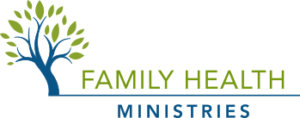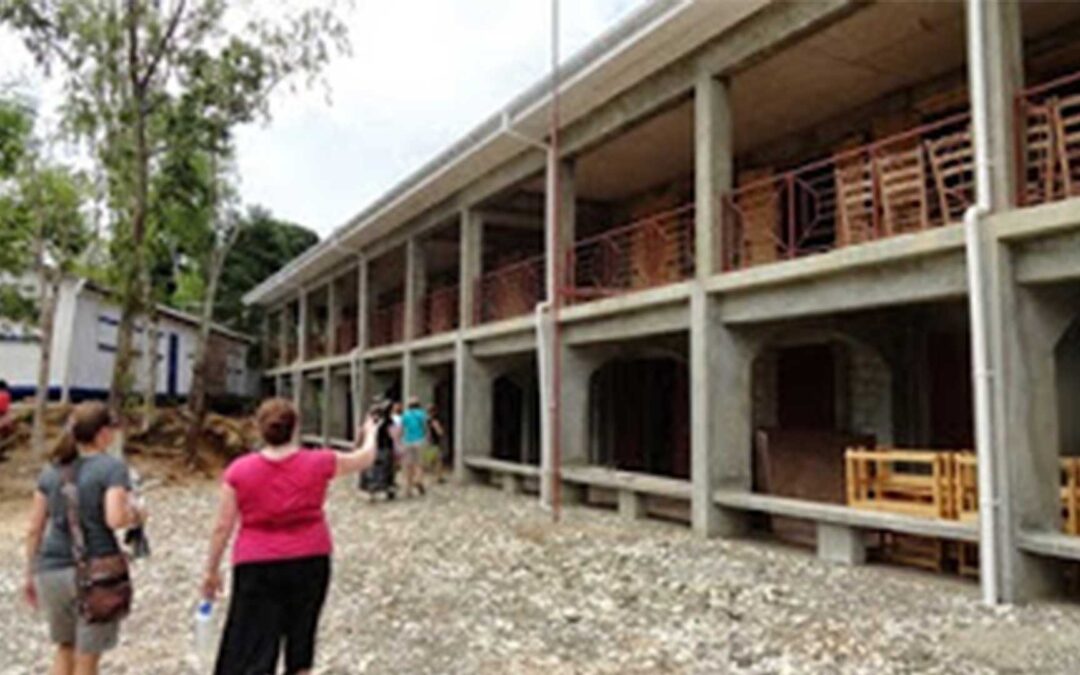 |
| The new Fondwa school, several days before the grand opening |
Jeff and I both just read More Than Good Intentions: Improving the Ways the World’s Poor Borrow, Save, Farm, Learn, and Stay Healthy by Dean Karlan and Jacob Appel. It’s a very readable book by two behavioral economists.
Karlan and Appel believe that good intentions are not enough. They are very interested to know what poverty-fighting strategies work and why. Then they can recommend reproducing those approaches in different places around the world.
The book tells about a number of their program evaluations done to help non-government organizations like FHM look at their success (or lack thereof).
Their argument for rigorous evaluation is compelling, because so often, things are not what they seem.
It’s hard to tell what is working, and what we’re really seeing versus what we want to see or what others want us to see. There is also the issue of what we do not see, or see but not realize we’re seeing.

One of the most common solutions to poverty amelioration is education. So, I’ve enjoyed the intellectural exercise of applying Karlan’s and Appel’s ideas to thinking about measuring the effectiveness of the new Fondwa school.
If Karlan and Appel were in Fondwa, they would want to look at test scores from the pre-earthquake school in the old (unfinished) building, as well as scores from the years since the earthquake in the temporary wooden shelters, and then new scores at the end of this school year, the first year in the new building.
They’d probably want to look at teacher and student attendance rates. They would want to know about class size.
Maybe they would want to record heights, weights, and hemoglobin counts at the beginning and then at the end of this school year, to see if being in the new building has helped the children be healthier.
Most importantly, they’d want to figure out whether attending the Fondwa school is helping to improve the quality of student lives.
Because they’d have to have a control group, and would also need to figure out whether there are other factors influencing the quality of the education (are the teachers properly prepared? Is the Haitian education system measuring the right goals in its end-of-year exams? etc. etc.), the evaluation design would be complicated.
And given the wide variety of “career paths” Fondwa students take after leaving school, the questions we need to ask about “quality of life” are quite varied.
How do we compare what happens to the young woman who marries at 16 and who has three children by age 20 to another student who goes on to Port-au-Prince and university? I think it’s possible that the first student could in the end benefit more from school than the second, depending on how the years roll out.
Perhaps most critically, how do we measure”improved quality of life” with a “Fondwa lens”? Do we even know how to describe what we are setting out to measure?
Giving in to the overwhelming complexity of the questions that should be asked, I am switching gears to zero in on the practical.
The two economists would be happy to know that on our second visit to the school, students were receiving antiparasitics. Giving out free deworming medicines is one of Karlan’s and Appel’s top seven recommendations for improving the lives of people who are poor. That’s being done at the Fondwa school.
All this thinking brings me to a somewhat funny story. If you read our post about the new Fondwa school’s opening, you know that the photo at the beginnng of this post is the new Fondwa school building from the front courtyard.
A few days after that photo, we were back in Fondwa, looking down into the valley from a new vantage point,. This is what we saw:

Yes, a bright blue roof on a large building in the middle of the valley. At first glance, we had no idea what it was.

After a few seconds, we realized we were looking at the roof of the new school. (Yes, it’s pretty obvious to you, dear reader, given the way I’ve shown you the photos.)
We had no idea, from being out in front and inside the new building, that the roof was bright blue.
I think this could be an extended metaphor for what is good and not so good about Karlan’s and Appel’s book.
Do we know what we are looking at? And, are we smart enough to measure what it is we need to know?
For example, how do we measure the effect of the blue roof, a key architectural element that some people miss because of their perspective (or lack thereof).
When you live in a steep mountain valley, the color of your roof matters. So many people can see it from afar. And the color of the school roof is “Fondwa blue,” the color of Fondwa school uniforms. It was carefully chosen – oversized “school spirit.”

Would Karlan and Appel be thinking about the intangible effects of the new school building on the Fondwa comunity? How important are these effects in improving quality of life for their students?
I’m guessing the people across the Fondwa valley are very proud of their new blue roof.
Even if they don’t walk all the way down the hill to see the new ironwork, the beautiful block laying, the new desks and book shelves, and the many, many children in attendance, they know the new school represents a rebirth from the 2010 earthquake. And it’s a rebirth in a building that’s more beautiful than what existed before the disaster.
I wonder if Karlan and Appel would be able to figure out a way to measure the satisfaction the community must feel after working so hard, when there have been so many other urgent demands since the earthquake, for the sake of their young people.
And how about all the donors who raised the funds to purchase the building materials and pay the workmen? How do we measure their pleasure, in giving kids who have very little, a place to receive an education?
Yes, it takes more than good intentions to fight poverty. But there is a huge blessing from those same good intentions. May we all feel them and and enjoy them.

